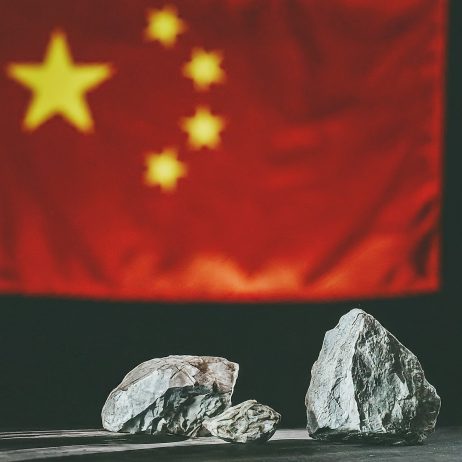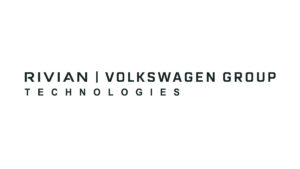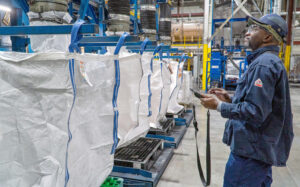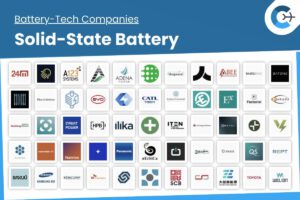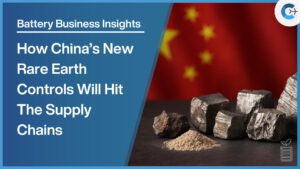U.S. battery manufacturers are increasingly concerned about the impact of China’s export restrictions on antimony, a mineral critical to both economic and national security. In December 2024, China—responsible for more than half of global antimony production—halted all exports of the mineral to the United States in response to U.S. technology limits on Chinese semiconductor firms. The U.S. Department of the Interior designates antimony as a critical mineral alongside rare earth elements, cobalt and uranium.
Antimony is a key component in lead-acid batteries, which are essential for starting most vehicles, and plays a significant role in military equipment such as night-vision goggles, explosive formulations, flares and infrared sensors. Following China’s decision, antimony prices spiked sharply at the end of last year. Prices had already doubled in the latter half of 2024 after Beijing imposed an export licensing requirement for antimony ore, metals, oxides, hydrides and related products.
Industry representatives say the restrictions have disrupted supply chains and driven up costs for battery makers and automotive suppliers. “We consider it a national emergency,” said Steve Christensen, executive director of the Responsible Battery Coalition, in comments to Reuters. “There are no quick solutions… We were completely caught off guard collectively, as an industry,” Christensen added.
The United States Geological Survey notes that China not only dominates antimony production but also houses most of the world’s processing facilities. This concentration of production and processing capacity makes antimony markets highly susceptible to policy changes in China, further complicating efforts by U.S. firms to secure reliable, cost-effective supplies.
As battery manufacturers seek alternative sources and strategies, analysts warn that diversifying antimony supply chains will require time and significant investment. In the interim, U.S. companies must navigate higher material costs and potential shortages that could affect vehicle production and broader industrial applications.
Source: Oilprice.com

